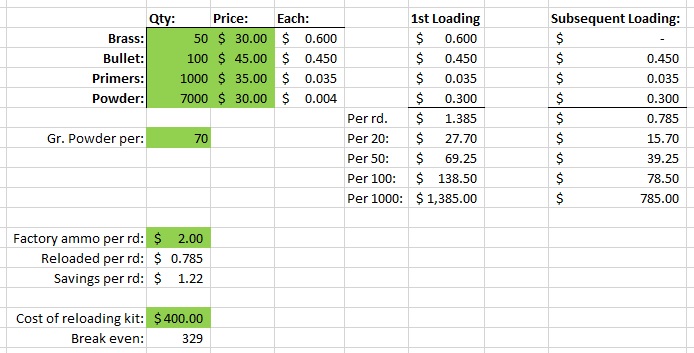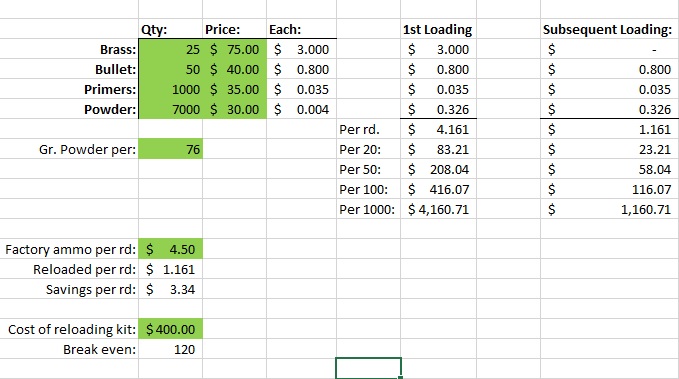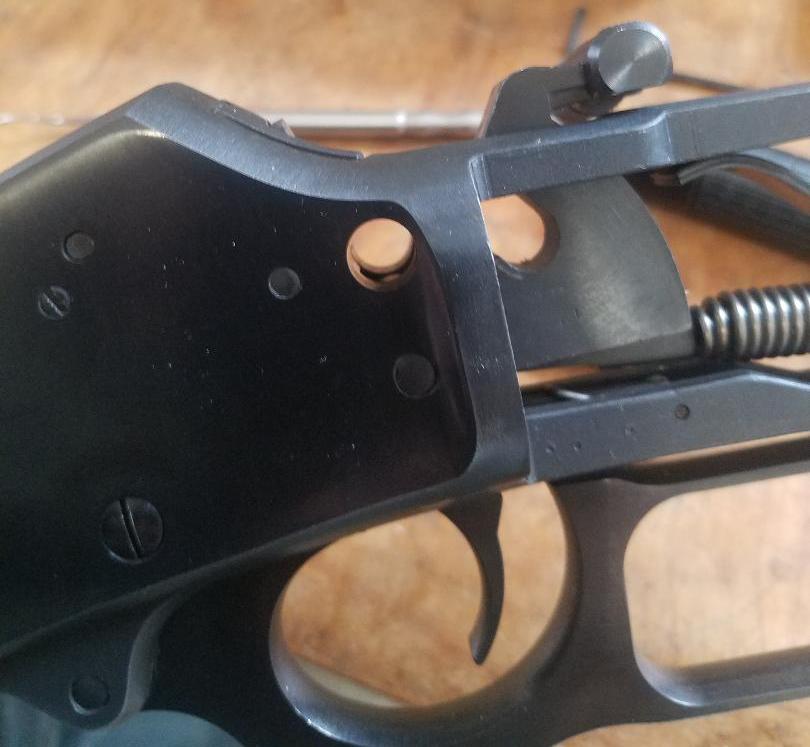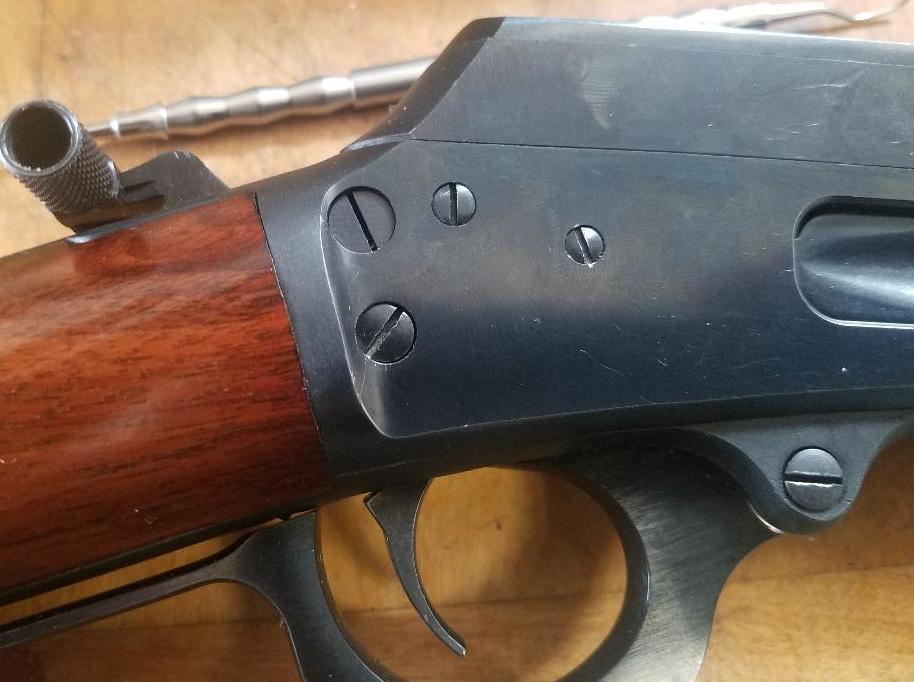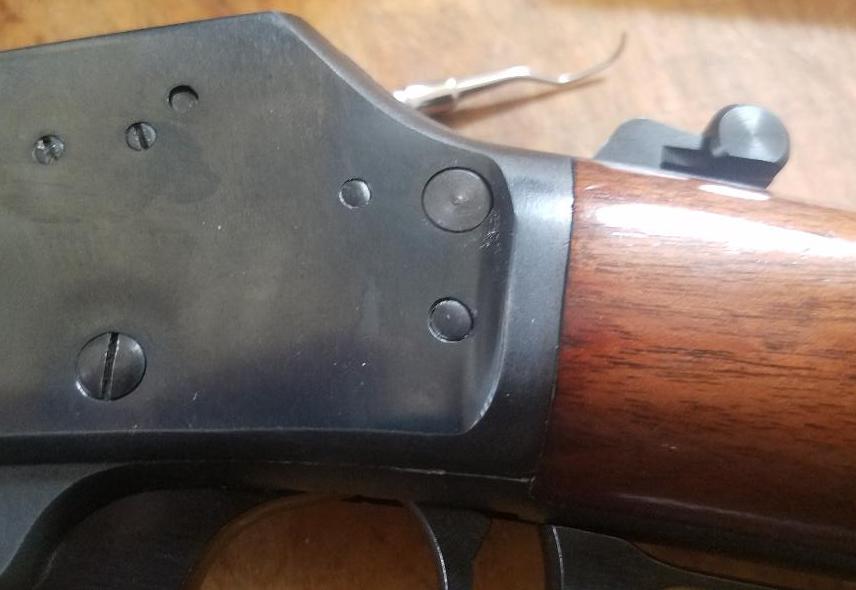You guys remember a few months back I posted about a guy who was crackin’ open some decades-old Mountain House and having himself a little taste test experience? Well, he’s at it again.
He’s got himself one of those buckets that claims to have X amount of days worth of food in it. Read it at his place…….
I’ve been ‘into’ food storage for twenty five years….and I’ve done tons of research on the subject, bought and tried all sortsa food, and created darn near Montana’s largest privately owned Safeway in my basement…..so I feel fairly qualified to say that this will end badly.
Here’s the thing: these types of kits are usually calorie-deficient, somewhat monotonous, and often not terribly appetizing. It is (in my opinion) a panacea to people who want to be prepared but don’t want to have a lifestyle – theyre for someone who just wants to make a quick online purchase, stuff it in the garage, and feel like they’re ready for the crash.
A guy I know was just telling me that he was thinking about purchasing such a kit ‘just in case’. I’m trying to steer him towards a more practical, albeit more expensive, route using regular off-the-shelf stuff from the supermarket.
You know who has this figured out? The Mormons. (No surprise, right?) These guys literally have graduate-level research labs working on just this sort of thing. And having done the research, they actually package and make available these storage-suitable foods. Go read their list of what you can get from them. And they sell it cheap enough that even the most niggardly ‘poverty prepper’ can afford it.
I have a lot of freeze dried Mountain House here for my future needs. But it’s not my primary ‘go-to’ food in a crisis. What is? My stash of ‘everyday’ food. The pasta, rice, canned tomatoes, spices, cooking oil, canned and frozen meat, flour, cornmeal, canned and jarred vegetables, oatmeal, hash browns, etc. that I have in large quantity. All things I use everyday and all things that store well.
But, to be fair, a ‘bucket’ as mentioned at the opening of this post, makes it’s strength on the portability and convenience. In theory, you can run out the door with it and know you’re not gonna starve for a month. Perhaps. I’ve taken it a step further and just put together my own ‘bucket’ for those moments when you need to run out the door…specifically, a couple 15-gallon ‘blue barrels’ loaded with freeze drieds.
Reviewing what I have in storage, post-apocalyptic meal planning would look something like this: pancakes, hash browns, scrambled eggs, biscuits, pork chops, strawberries, orange drink, milk, and oatmeal. And thats just breakfast. Lunch and dinner would be equally as broad, equally as long-term, and equally as tasty.
Just write a list of everything you’ve eaten in the last week and figure out if you could recreate it using foods that store well in the long-term. Then go buy those foods. Then when the wheels fly off civilization you’ll be eating pretty much just as well as you were beforehand. Heck, considering the erratic and horrible diet I live on now, I’ll actually eat better after the apocalypse.
My long winded point, though, is this – before you get lured into these sorts of ‘bucket kits’ do some research on calories, taste, and texture, and then see if you can’t put together something on your own. When the apocalypse hits, I have no intention of eating 3/4 of a cup of cheesey broccoli soup every lunchtime for thirty days. Given the stress and physical strain that the end of the world will put you under, I think you’re going to want more ‘stick to your ribs’ fare.
Conclusion: ‘Food buckets’, like first-aid kits, are better for your needs when you assemble your own.

